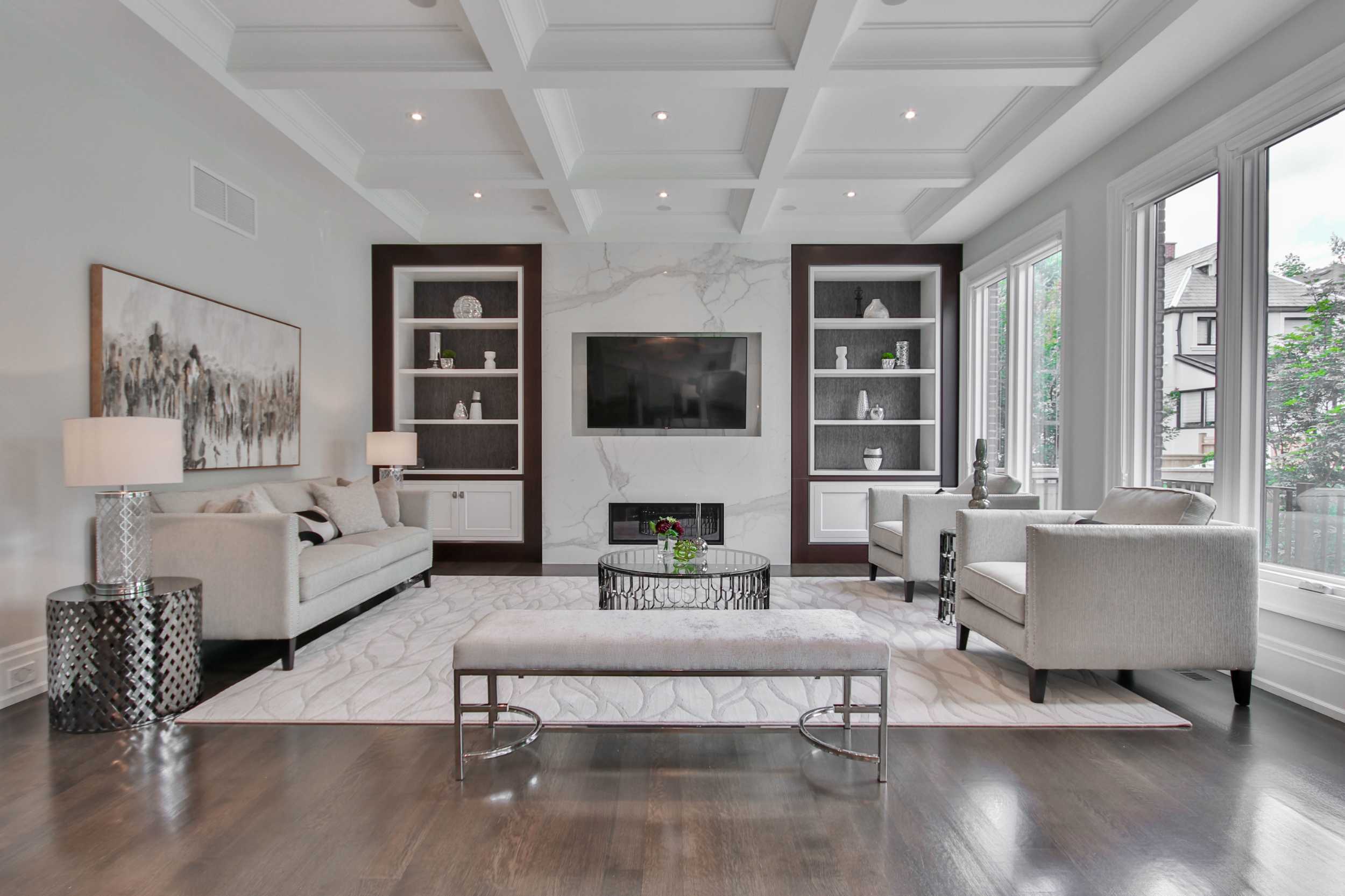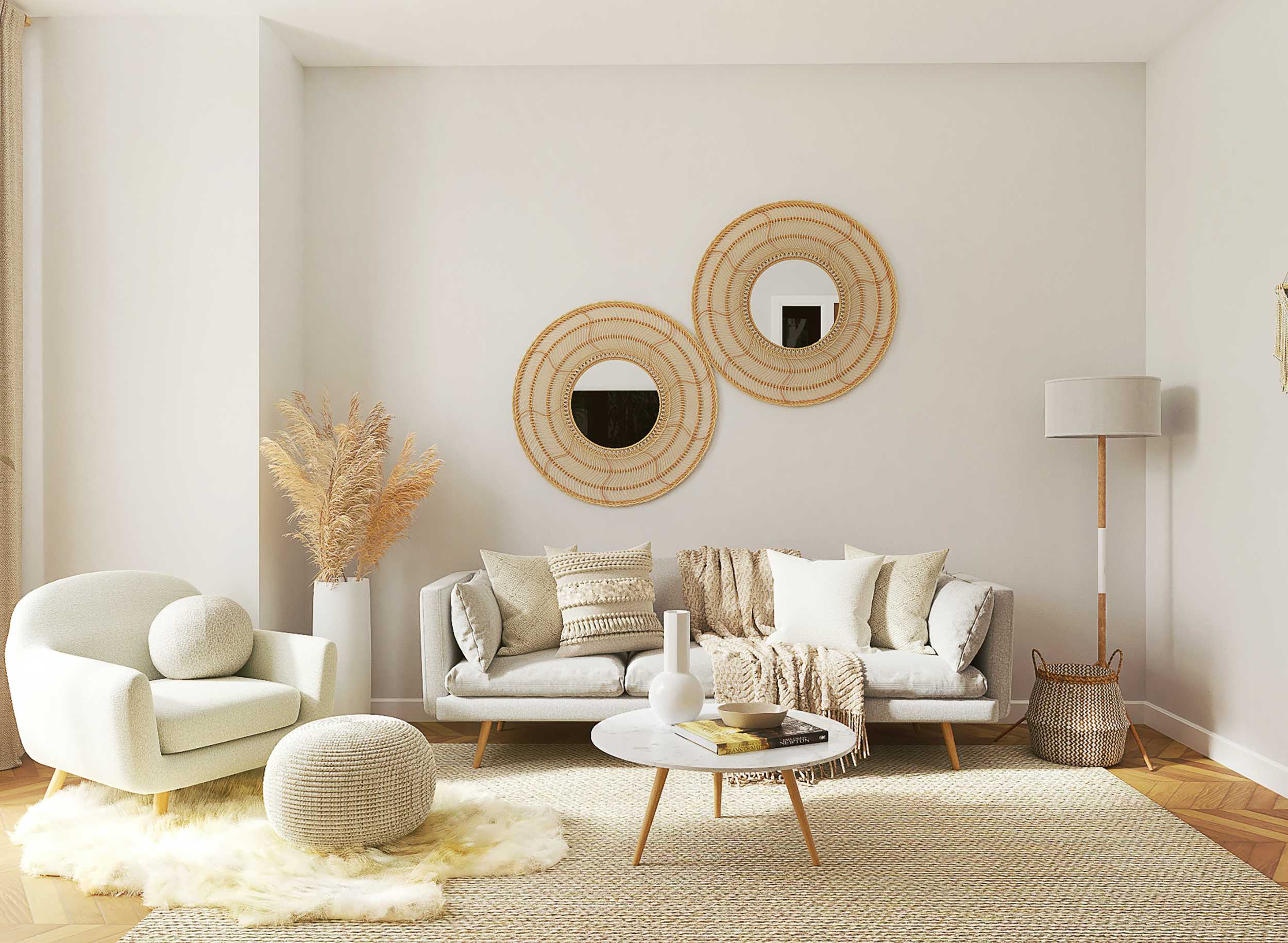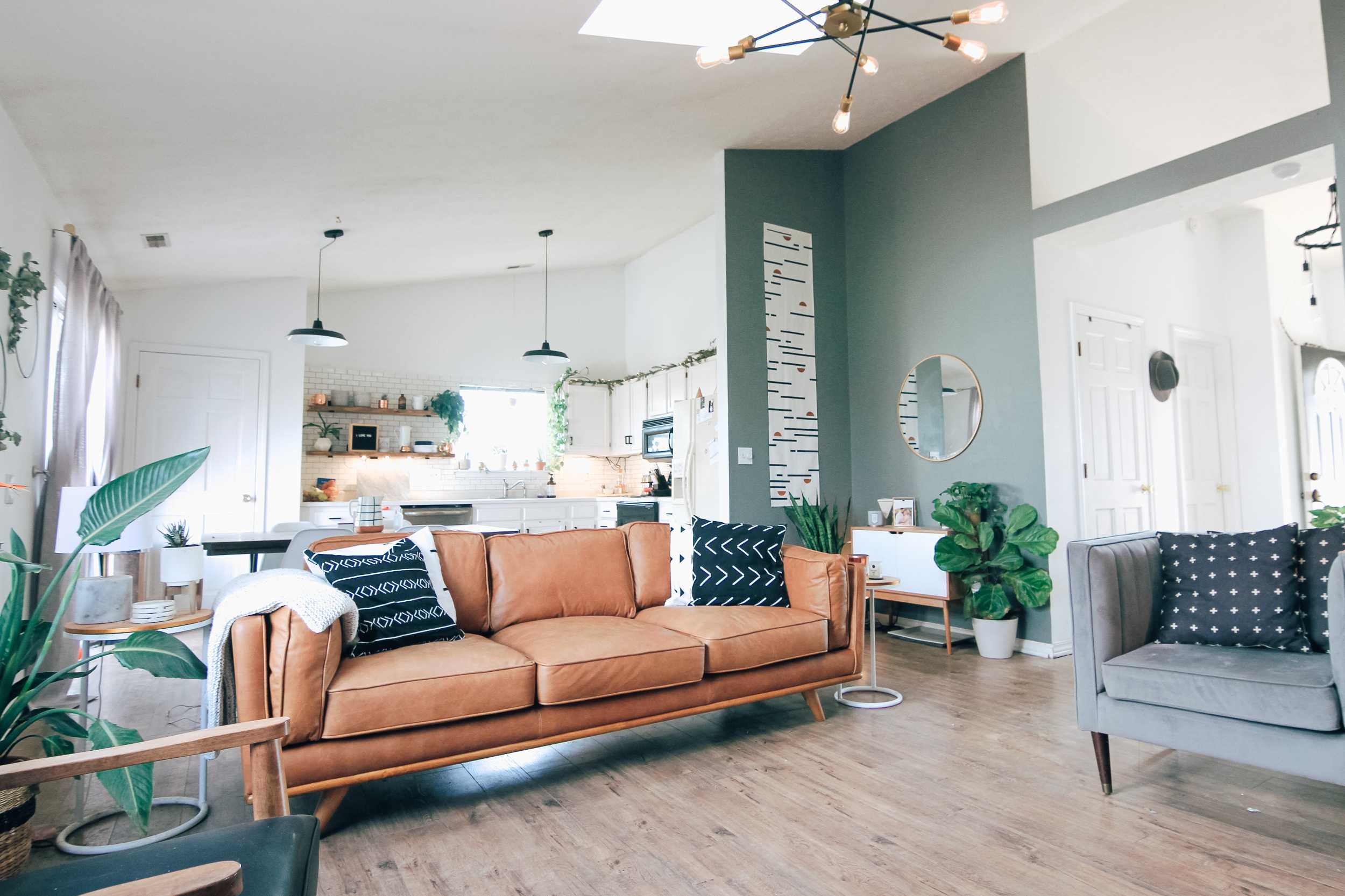
Designing a Productive and Stylish Home Office

With more people working from home than ever before, a functional and well-designed home office has become a must. But productivity doesn’t have to come at the cost of aesthetics. At EasyCount e, we believe that your home workspace should inspire focus, creativity, and comfort—all while blending beautifully with the rest of your interior.
Here are our top tips for designing a home office that actually works:
1. Choose the Right Location
If possible, pick a space with natural light and minimal distractions. A spare bedroom, a quiet corner, or even a well-defined zone in your living room can become an effective workstation.
2. Invest in Ergonomic Furniture
Comfort matters. Choose a chair that supports your posture and a desk that’s the right height for you. Adjustable chairs, monitor stands, and footrests can make a huge difference during long work hours.
3. Add Functional Storage
Clutter kills concentration. Use shelves, file cabinets, or wall-mounted organizers to keep things tidy. Choose storage that complements your room’s style so it doesn’t feel out of place.
4. Focus on Lighting
Avoid harsh overhead lights. Instead, go for a mix of natural light, task lighting (like a good desk lamp), and ambient lighting to reduce eye strain and create a pleasant work atmosphere.
5. Personalize with Purpose
Bring in elements that reflect your personality without becoming distractions. Think art prints, indoor plants, a stylish clock, or calming colors that help set the tone for deep work.
6. Define the Space Visually
If your office shares space with another room, use rugs, furniture placement, or partition screens to visually separate your “work zone.” It helps you mentally switch into work mode.
Your home office should support your goals—whether you’re running a business or managing daily tasks. With thoughtful design, you can create a space that helps you stay productive and motivated, while still feeling like part of your home.
At EasyCount e, we’re here to help you combine function and beauty in every corner of your life—even your desk.

In the article “Designing a Productive and Stylish Home Office” by [Author Name], great tips are offered for setting up a home office. The author emphasizes the importance of a comfortable chair and desk to support long hours of work. The article also suggests using natural light and adding personal touches like plants or artwork to make the space more inviting. Overall, it provides practical advice for making your home office both productive and stylish.
In the article “Designing a Productive and Stylish Home Office,” the author discusses the importance of organizing your workspace for better productivity. The author suggests that having a clean and clutter-free environment boosts focus. Key elements like ergonomic furniture, functional storage, and proper lighting are recommended to create a comfortable and efficient workspace. The advice is practical and easy to implement for anyone setting up a home office.
In “Designing a Productive and Stylish Home Office” by [Author Name], the author highlights how to balance functionality with style. Key recommendations include organizing your space to reduce clutter, choosing ergonomic furniture, and adding elements that inspire creativity. The article is helpful for anyone looking to create a work-friendly yet aesthetically pleasing home office.
In the article “Designing a Productive and Stylish Home Office,” the author emphasizes the role of personal touches in creating an inviting workspace. Adding plants, artwork, or inspirational quotes can enhance the aesthetic of the office while also making it feel more personalized. The article balances functional design with the importance of creating an environment that motivates and inspires, making it a helpful guide for home office design.